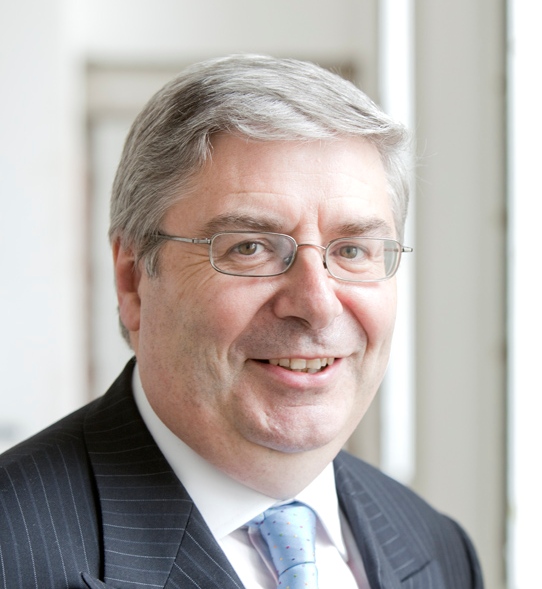Situated in a residential area not far from the Jewish Museum, the newest addition to the museums of Berlin, opening last year, the Berlinische Galerie for contemporary art is located a 1956 glass warehouse, refurbished to designs of the architect Jörg Fricke. In part due to a tight budget, the refurbishment has been kept reasonably simple with a main architectural feature of a double staircase that crosses diagonally across the main hall at the heart of the Galerie. Otherwise the building is designed simply, effectively and as flexibly as possible to provide flexible spaces for the display of art.
The upper floor houses a series of exhibition galleries showing work from the permanent collection; the ground floor is used for temporary exhibitions, currently showing the the work of Erwin Wurm (born 1954) who explores the boundaries between sculpture, object and performance. Filling one of the two-storey main galleries is his “Narrow House”, a faithful reconstruction of his parents’ home, except that has been compressed into a depth of just one metre, In the second hall is a series of “One Minute Sculptures” where visitors are invited to interact with everyday objects, turning themselves briefly into a living sculpture. The third gallery houses an extensive display of his drawings.
A second exhibition focusses on the architectural blueprints and designs by three early 20th-century visionaries, the novelist. poet and inventor Paul Scheerbart, the architect Bruno Taut and Paul Goesch.
A simple and effective refurbishment which creates a simple, elegant and flexible gallery for contemporary art in Berlin.












